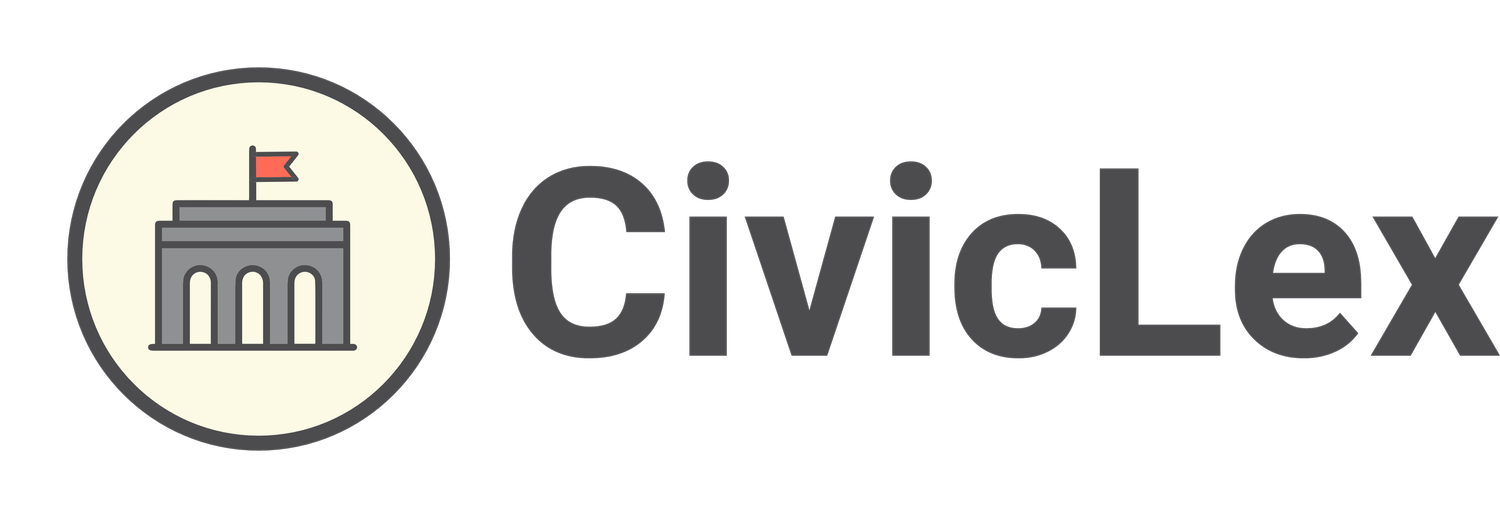Public Mapping Project - Chapter 4
For each meeting of our Redistricting Book Club, we’re posting highlights of the conversation and generalized responses to the questions and prompts for that meeting/chapter.
A free, downloadable digital copy of the Public Mapping Project is available from Cornell University here. You can also download it for free from Amazon for your kindle if you have one. It is also available for purchase for around $5.00 from Amazon and a number of other online stores.
Major consensus & takeaways:
This chapter was very technical and instructional, and was missing analytical and historical points. However, it was still interesting to learn about the District Builder tool and the challenges to building redistricting software.
Automation and technology is an exciting addition to the field of redistricting, but it is not a magic bullet to fix all the issues with drawing a new, better, more equitable map.
Question 1: What do you think of the way District Builder was described? Was it easy to comprehend as a manual or was it too complicated?
The group discussed how it is difficult to describe such a visual and interactive tool, but appreciated the effort of the book. We think it would have been more interesting to learn about implementing the tool or the philosophy behind it, rather than the individual steps of how to use it. Also, we were disappointed to find out that data for Kentucky is not available in the District Builder app.
Question 2: What did you think about the book’s discussion of automated redistricting?
We also discussed the book’s take on automated redistricting, which we found enlightening. The point at the beginning of the section about how coding and automation is designed by humans and therefore not immune to bias was very well made. We discussed the role that AI might play on this issue, but learned that the same issues in automation are also present in AI, and even harder to troubleshoot. While we understood the importance of human involvement in redistricting, we did wonder if the argument was intentionally obscuring some of the areas that computing could be useful in.
We also discussed the broader trend of technocracy in social issues and how it often ignores systemic roots of issues. It is common for people to get excited about new technologies without realizing that they don’t actually address the core of a problem.
Question 3: Accessing District Builder
As a group, we logged on to District Builder and poked around in the State Representative map of North Carolina. We were impressed with the easy to use interface, but weren’t sure how to evaluate a map that we made. All in all, it is a great tool to have.
